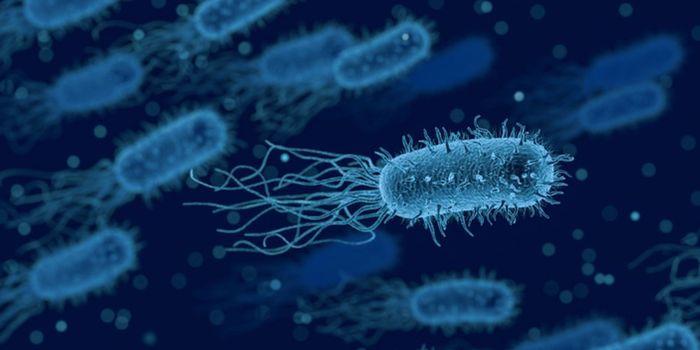Colombia Declares a State of Emergency as Banana Fungus Reaches the Americas
Bananas are the world’s most popular fruit and a major source of food for millions of people that's threatened by fungus called Fusarium wilt tropical race 4 (TR4). It’s a version of Panama disease, which was first identified in a banana plant in 1874. The fungus gets into the roots, and can kill plants as it clogs up their vascular system.
A commonly grown banana type called “Gros Michel” was susceptible to Panama disease, which caused a variety of problems in crops over the years. After an epidemic in the mid 20th century caused significant losses, the type was replaced with another variety of bananas that was resistant to the epidemic strain of the fungus. For years, this new type, the Cavendish, remained robust and was widely cultivated. However, it was still vulnerable to disease.
One vulnerability was with TR4, which emerged in Indonesia in the 1960s and has spread to many places more recently including the Middle East.
The fungus was spotted on plants at a plantation in Colombia in June of this year, and a PCR test identified it. Confirmatory tests that will analyze samples from the suspect bananas will be completed by Wageningen University and KeyGene in a few weeks. They will also sequence the fungal genome. That work can also help show where the fungus came from, like tourists, migrating farm workers, or the movement of farm machinery.
Colombia has launched a massive effort to try to contain TR4, but there is serious concern that a spread is inevitable. The fungus migrates easily when infected plants are moved from one place to another, and it can also move through soil and water.
These epidemics develop slowly, so the [spread] will take some time,” Randy Ploetz, a plant pathologist at the University of Florida in Homestead told Nature. “But eventually, it will not be possible to produce Cavendish for international trade.”
“Soil is very difficult to contain,” Fernando García-Bastidas, a plant pathologist who led the TR4 testing effort on the Colombian samples told Nature. “Who knows how many cars and people have entered that farm and carried [the fungus] elsewhere?” TR4 is practically impossible to remove once it’s arrived, García-Bastidas added.
Infected plants can’t be rescued with fungicides - they must be destroyed. Farms have to stop production for years, and runoff has to be collected whenever possible to try to stop fungal spores from escaping.
Certain types of biomass might help to stop the fungus from growing in infected soil, and The Honduras Foundation for Agricultural Research in La Lima and other groups are trying to create TR4-resistant bananas. The industry will probably have to make some changes if it’s going to survive.
-
-
MAY 07, 2024Is It Anti-RNP or Anti-Sm/RNP?
- See More
-
APR 30, 2024Immuno-Oncology Virtual Event Series 2024
-
MAY 07, 20243rd International Biosecurity Virtual Symposium
-
JUN 06, 2024The Future of Scientific Conferencing
- See More

















































